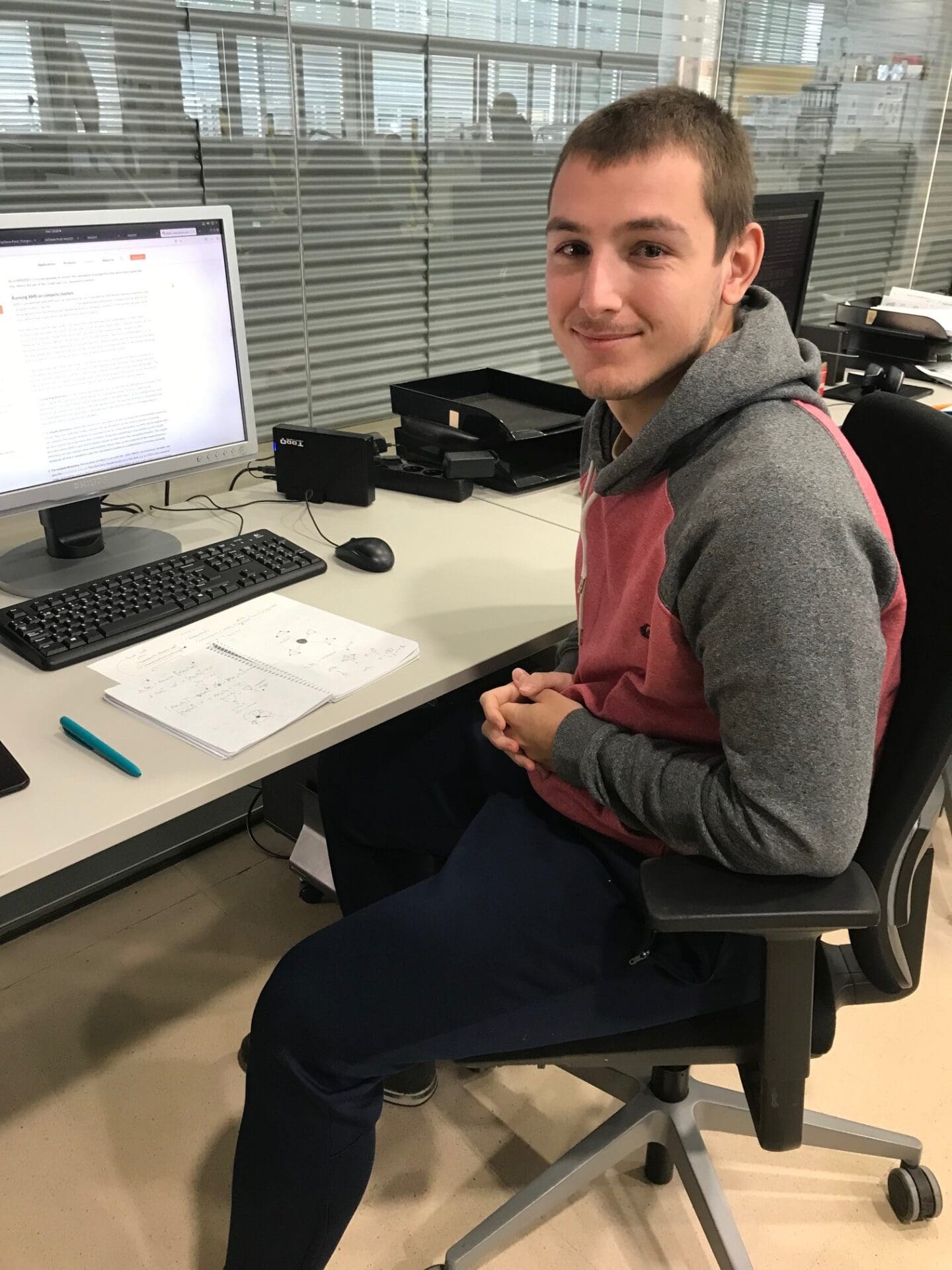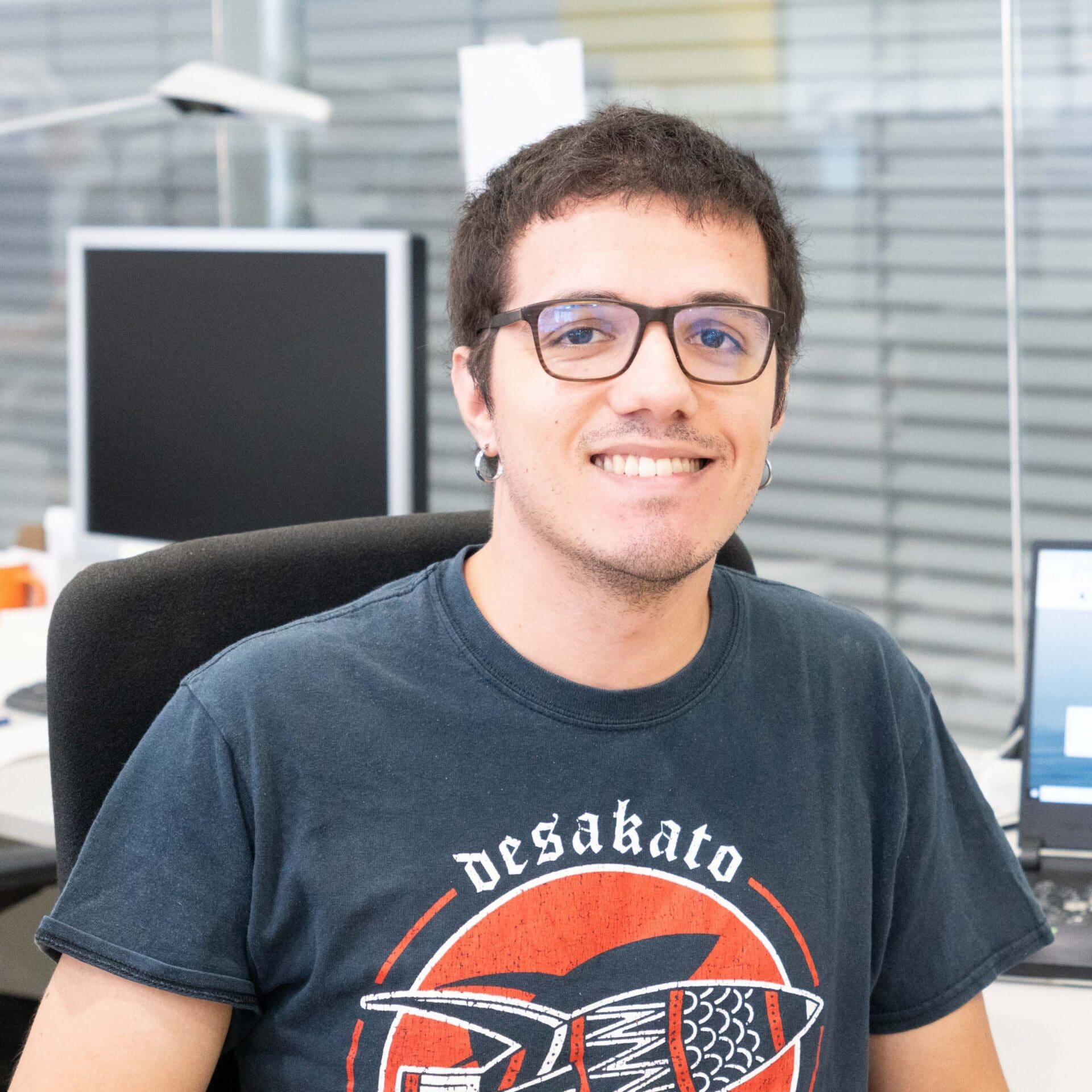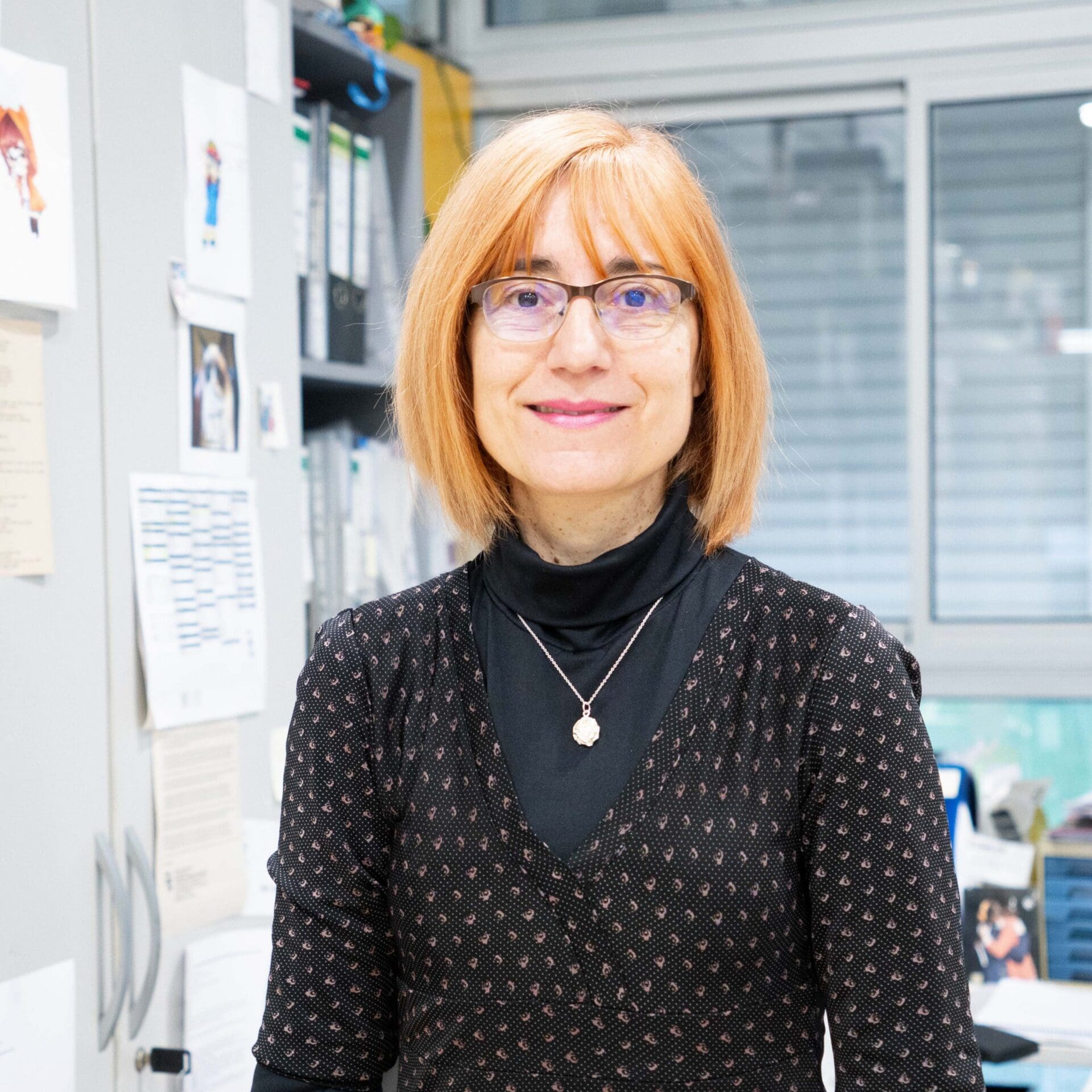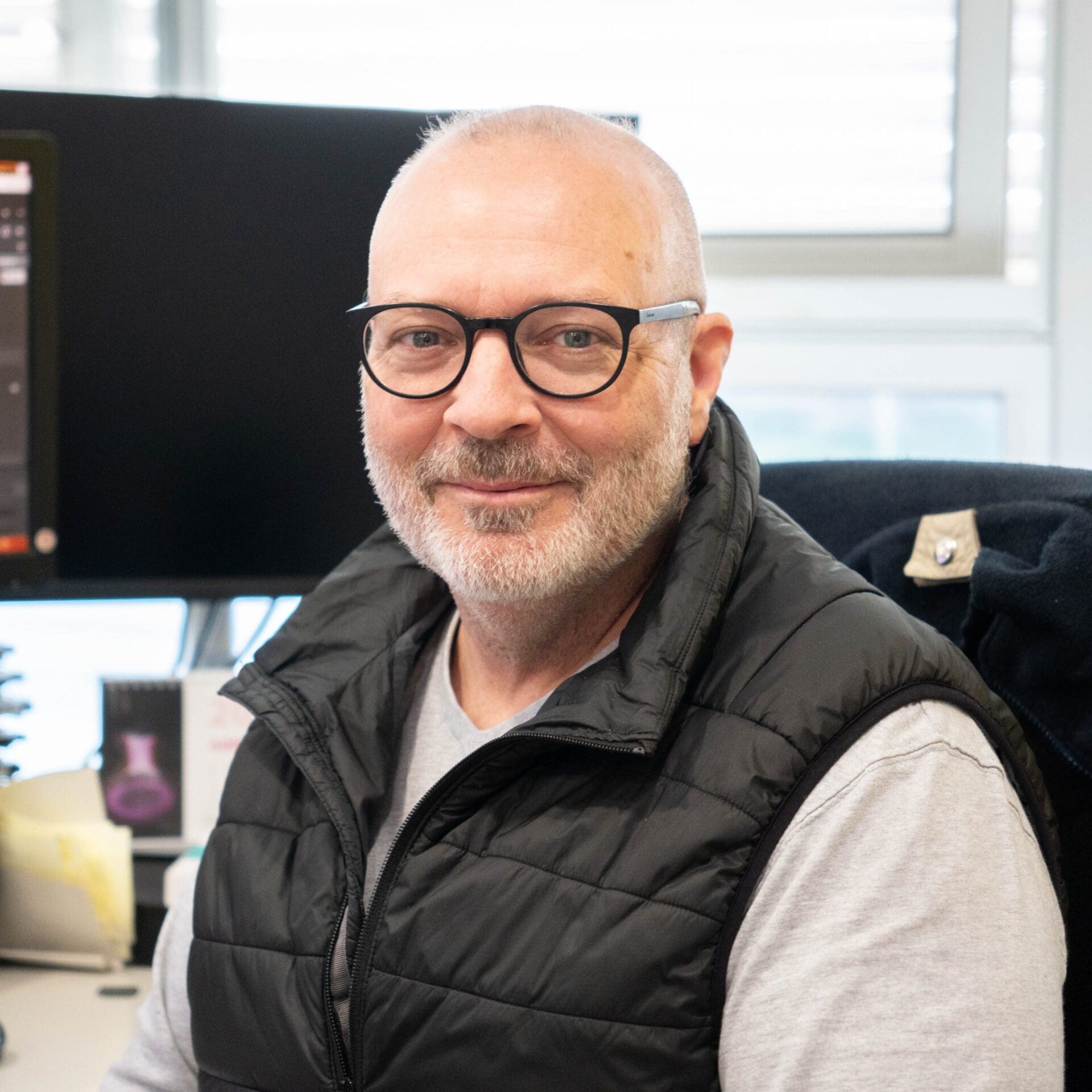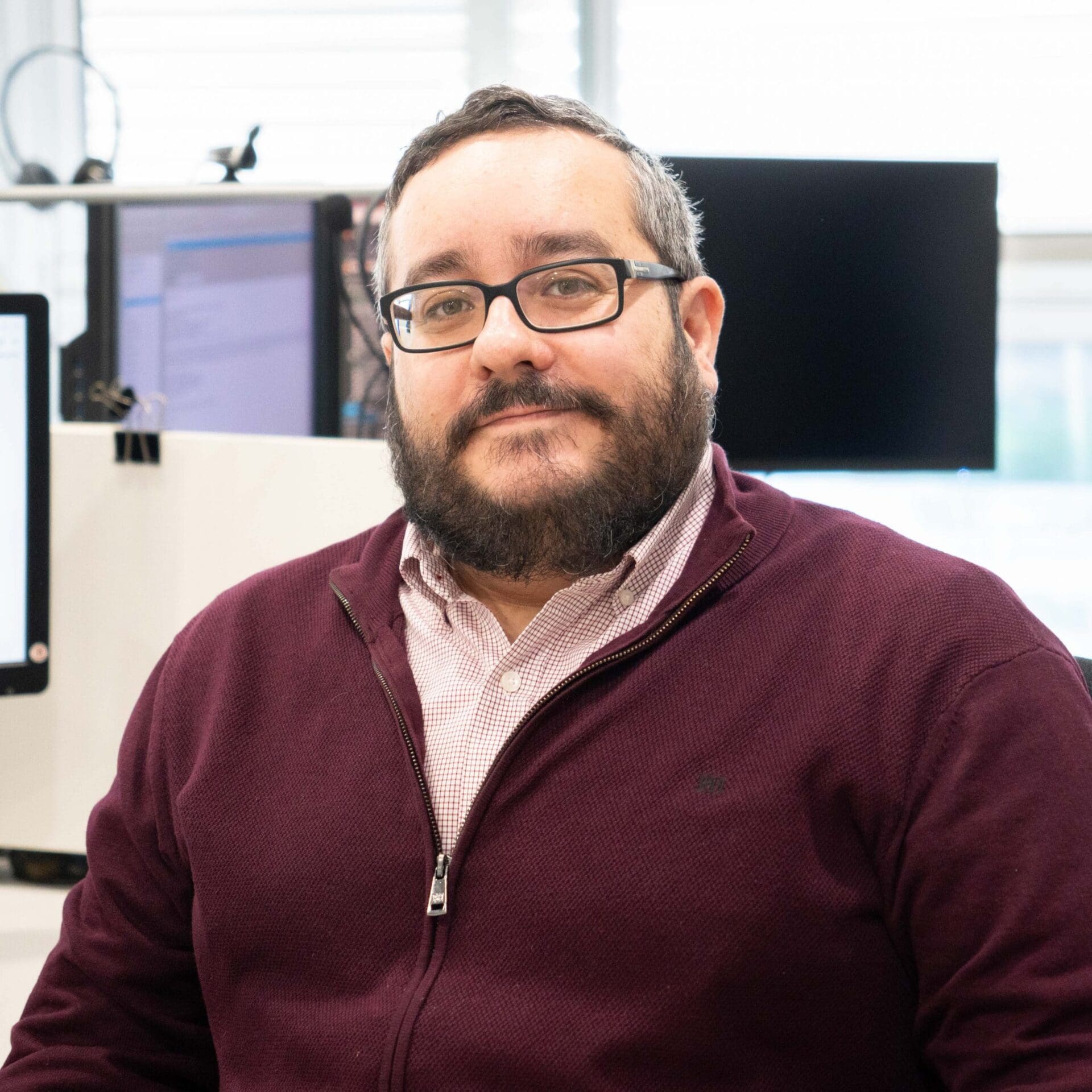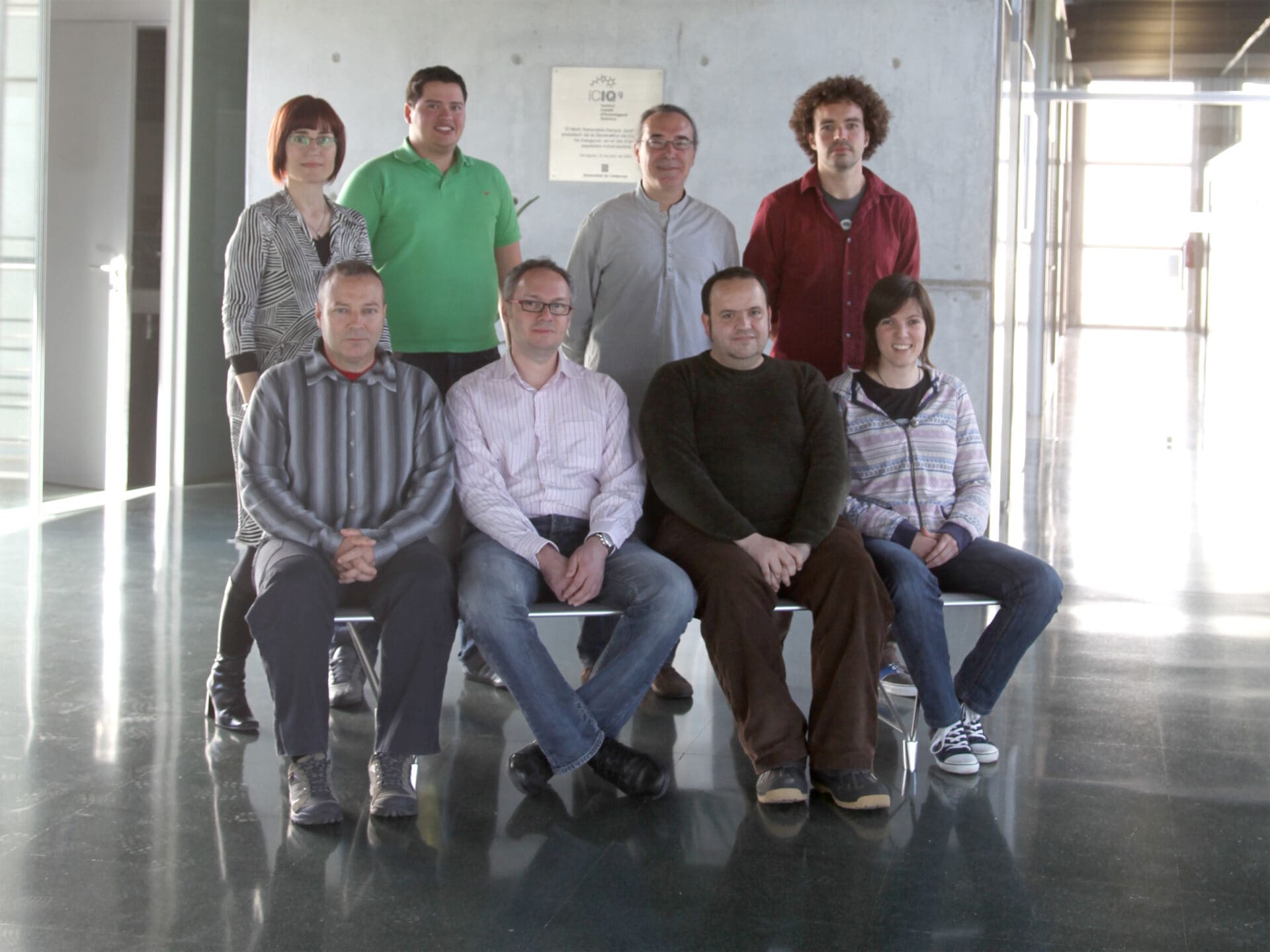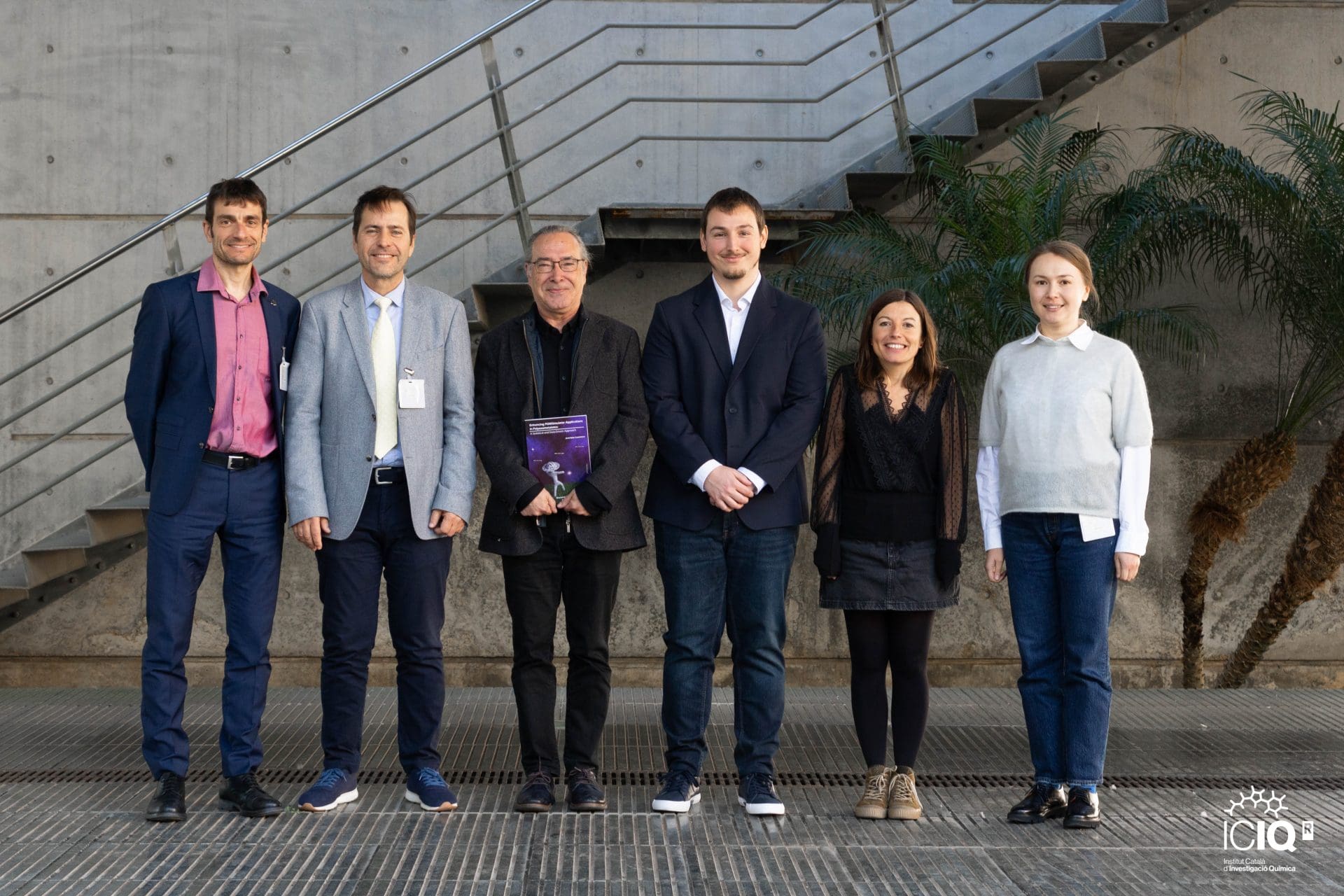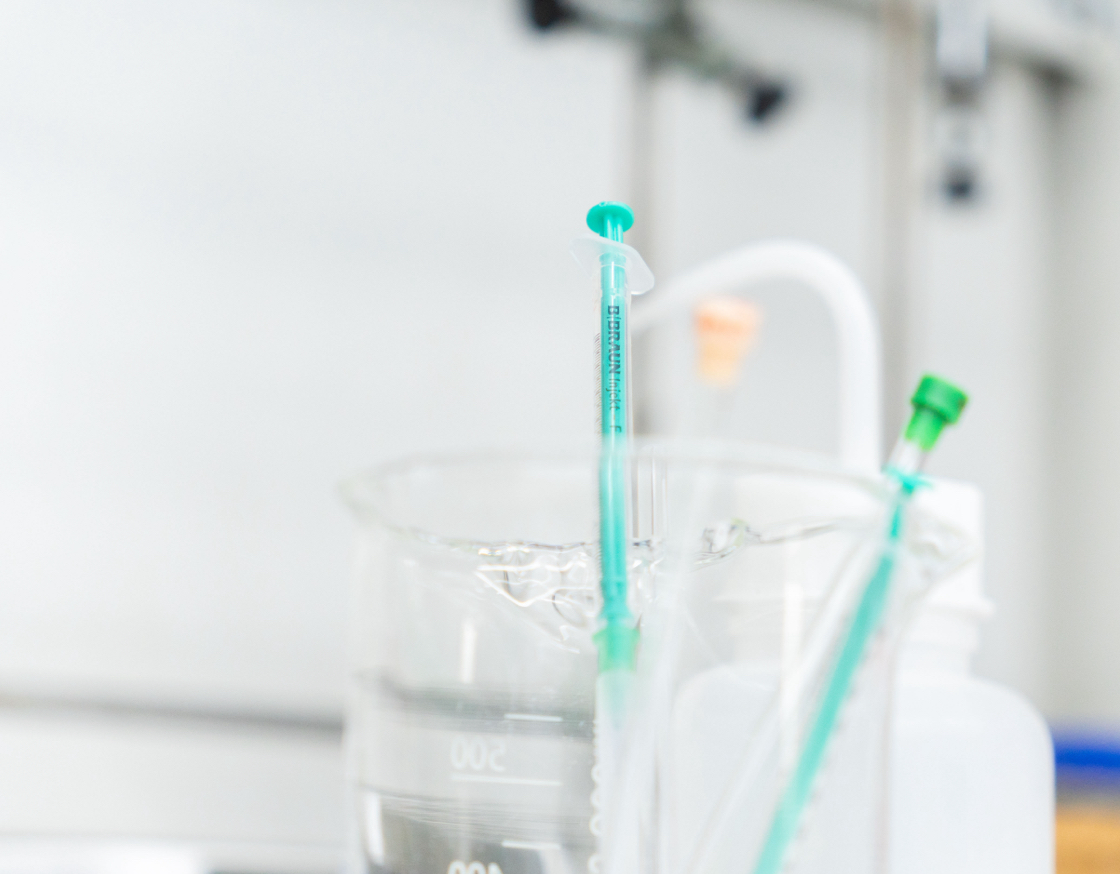- Home
- Resarch
- Research Groups
- Prof. Carles Bo
Prof. Carles Bo
Computational modeling of chemical reactivity
Research
The Bo group develops and applies computational methods to address fundamental problems in chemical reactivity and catalysis: reaction mechanisms of transition-metal catalyzed processes, organo-catalytic reactions, CO2 fixation strategies, and in polyoxometalates chemistry. The group uses methods based on density functional theory (DFT), molecular dynamics simulations, and their own developed methods as basic tools to provide new understanding of reaction mechanisms and predict properties of complex systems in solution.
Our research group aims to help solve societal challenges by understanding chemistry at an atomic level using quantum mechanics methods and molecular simulations
Highlighted Publications
-
2023 | J. Am. Chem. Soc.
Multi-Time-Scale Simulation of Complex Reactive Mixtures: How Do Polyoxometalates Form?
Research groups: Prof. Carles Bo
-
2022 | Angew. Chem. Int. Ed.
Predicting the Solubility of Inorganic Ions Pairs in Water
Research groups: Prof. Carles Bo
-
2022 | J. Cheminformatics
Chemical reaction network knowledge graphs: the OntoRXN ontology
Research groups: Prof. Carles Bo
-
2018 | Nat. Catal.
The role of computational results databases in accelerating the discovery of catalysts
Research groups: Prof. Carles Bo, Prof. Núria López, Prof. Feliu Maseras
Our team
Life Group and Community
Life in ICIQ research groups is collaborative and inclusive, blending scientific work with social connection. With team members from diverse backgrounds, each group embraces cultural exchange, often gathering over food, music, and local traditions. Beyond lab work, groups enjoy activities like beach outings, hikes, and holiday celebrations, building a supportive community that values teamwork.
Job offers
| Title | Reference | Deadline | |
|---|---|---|---|
| Postdoctoral Researcher (Ref: Postdoc 2024-34 CB) | Reference: 5348787 |
|
APPLY |
| Postdoctoral Researcher (Ref: Postdoc 2024-32 FM) | Reference: 5348664 |
|
APPLY |
| Data Steward (MGMT2024-17) | Reference: 5371727 |
|
APPLY |
| Direcció Administrativa (MGMT 2024-05) | Reference: 5347726 |
|
APPLY |

Let's create a brighter future
Join our team to work with renowned researchers, tackle groundbreaking
projects and contribute to meaningful scientific advancements





